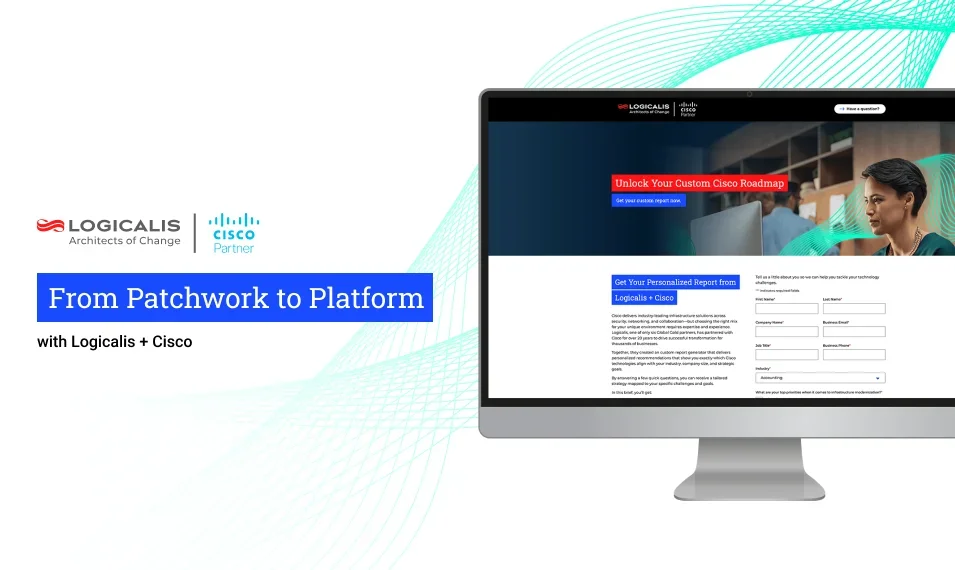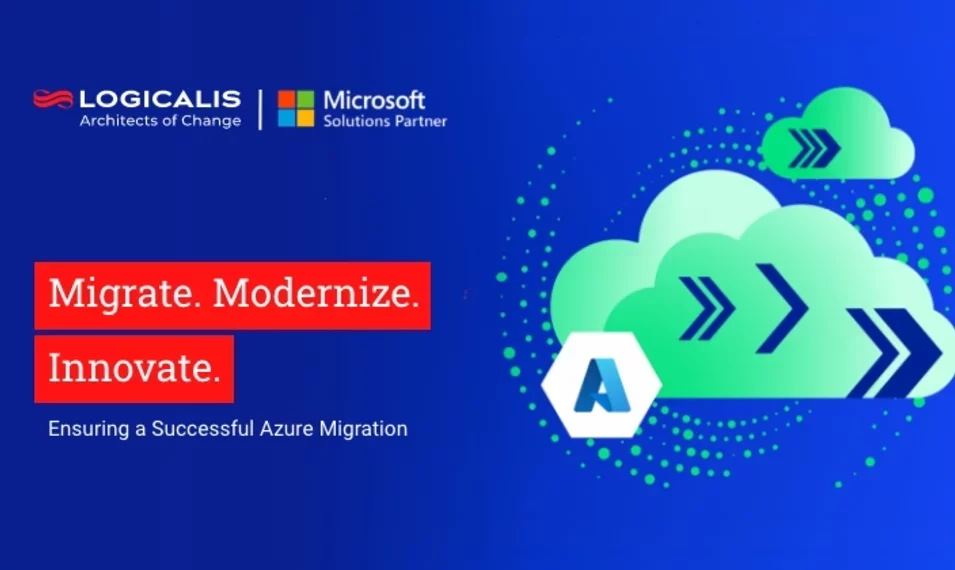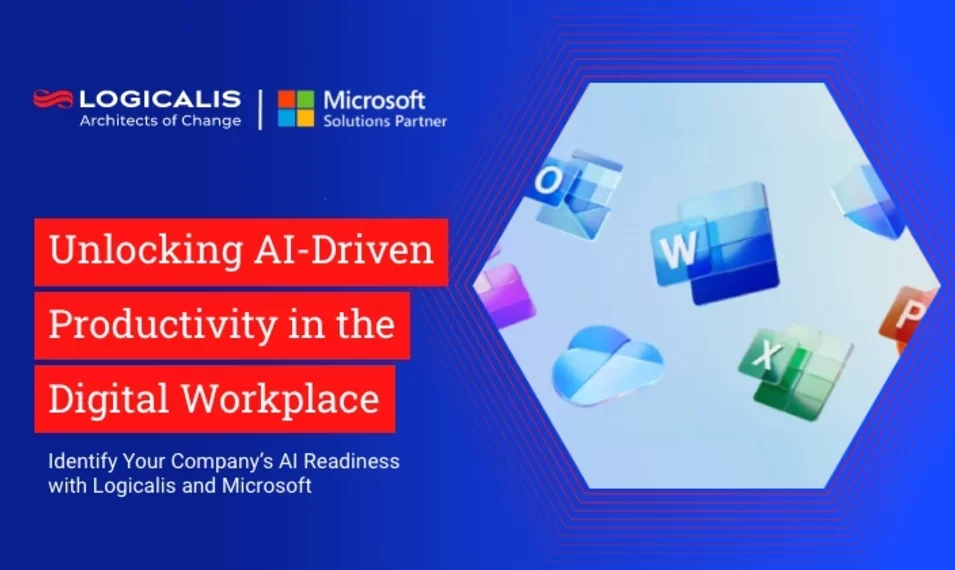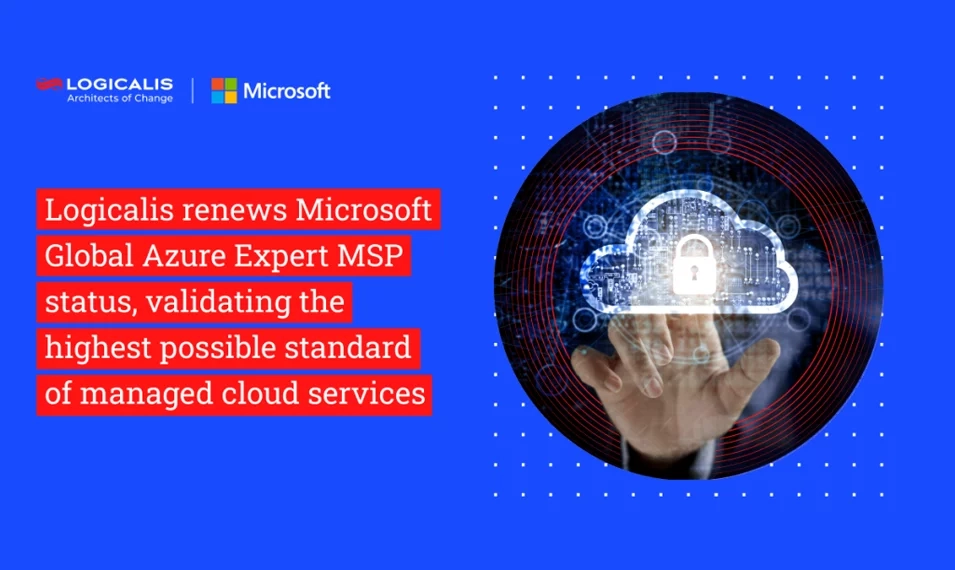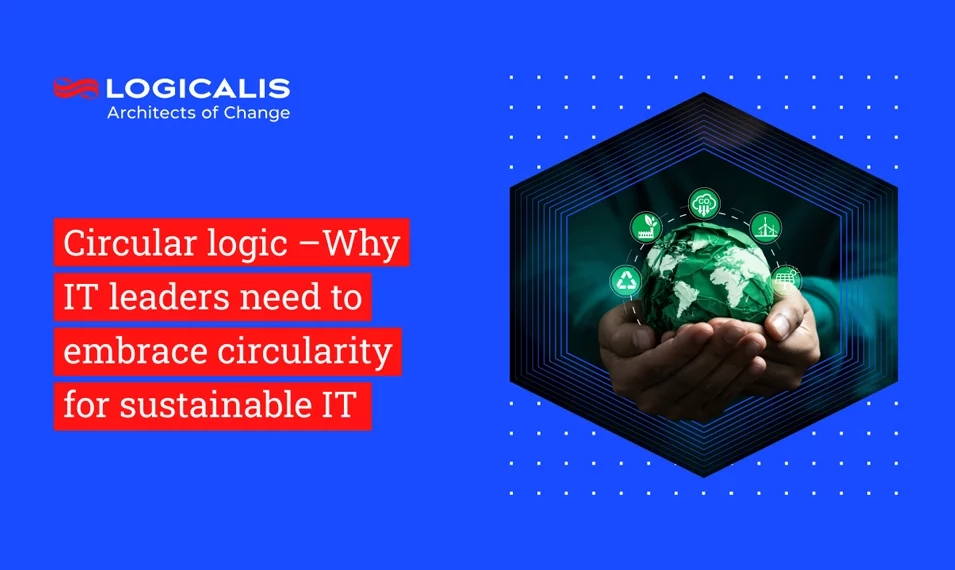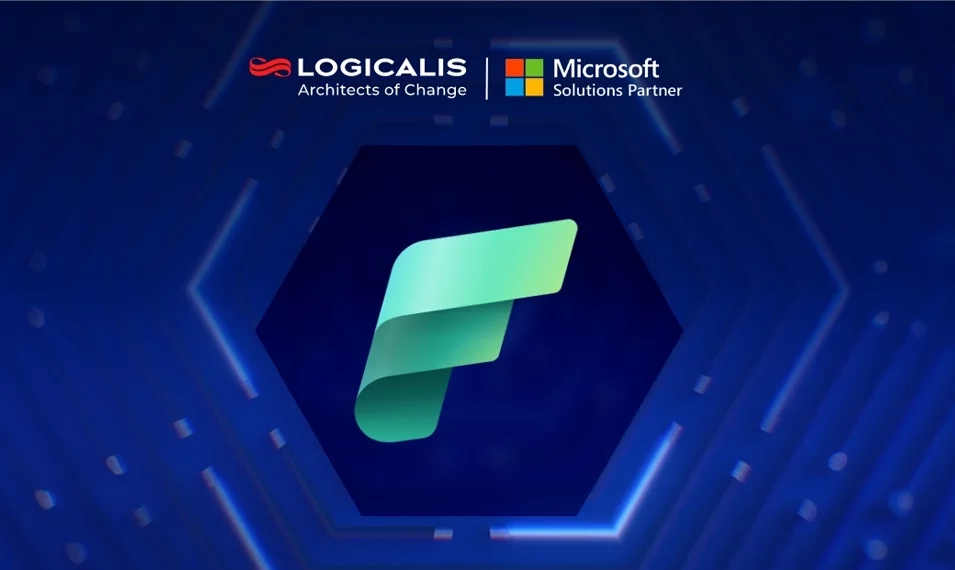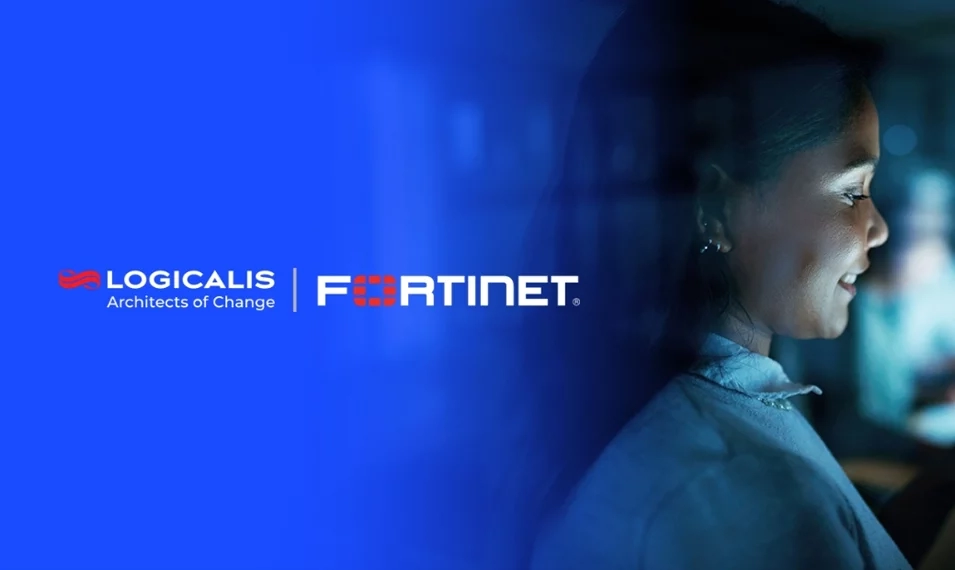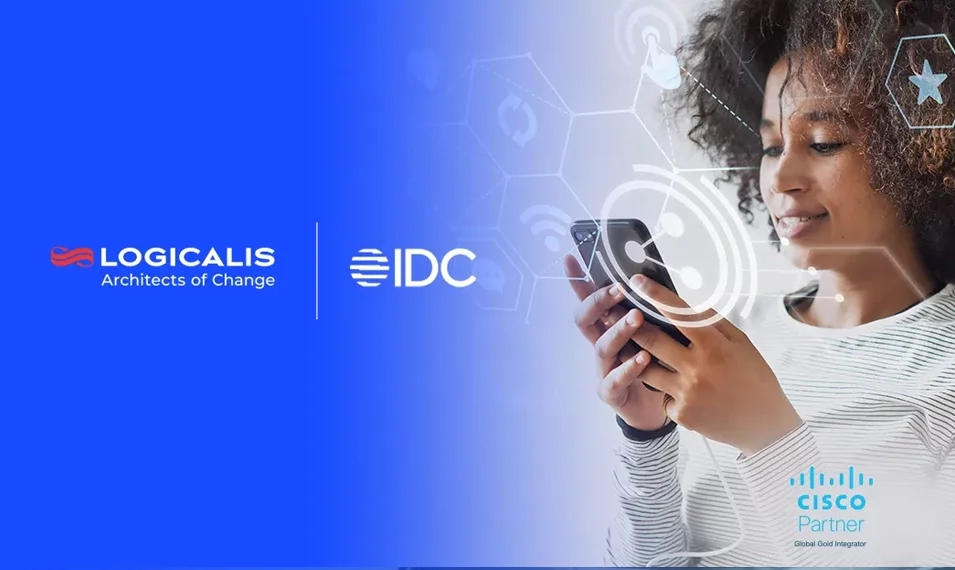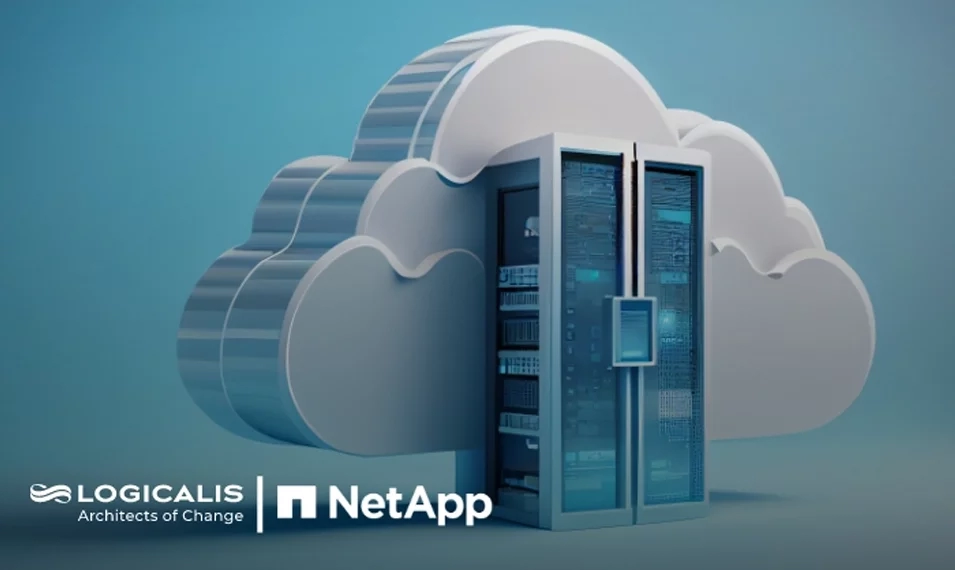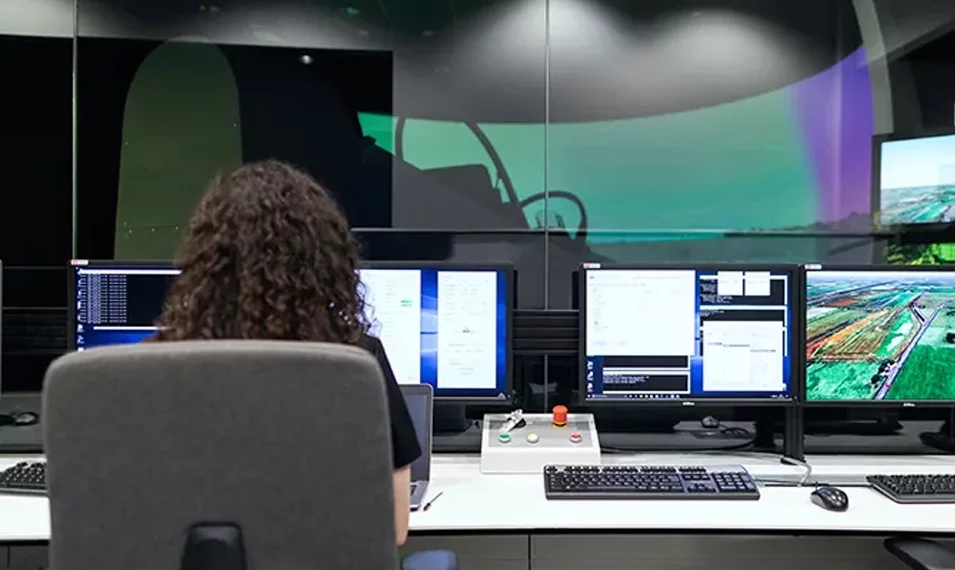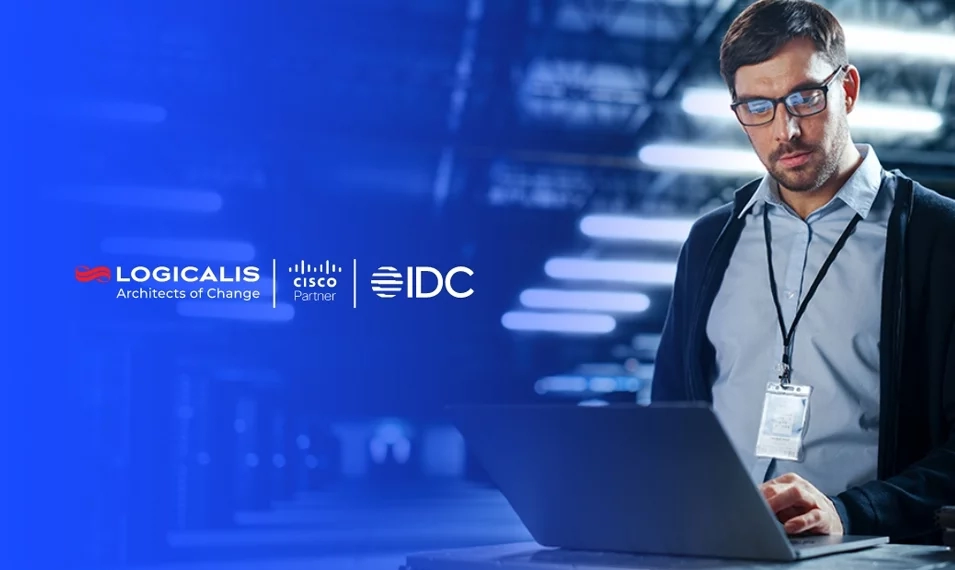
USA, Feb 2, 2024
Guest Blogger: Brandon Butler, IDC
Date: 1/30/24
It’s a dynamic and exciting time in the enterprise networking industry. Change is afoot as organizations look to graduate beyond facilitating individual digital-business use cases to efficiently running a digital business at scale. As they do so, companies are increasingly realizing the importance of network transformation to assure secure, seamless, and high-quality connectivity for users and devices accessing a range of applications. But in the world of the hyper-distributed enterprise, connectivity challenges are mounting, making it difficult to achieve these goals.
The Era of the Hyper-Distributed Enterprise
The reality of today’s environment is enterprises are hyper-distributed. The era of the hyper-distributed enterprise is defined by distributed users accessing distributed applications, which is causing organizations to consider significant transformations of their network and security architectures.
The hyper-distributed enterprise has been more than a decade in the making. Companies have been steadily increasing their reliance on hosted and cloud-based applications for business-critical workloads across IaaS and SaaS platforms. Meanwhile, since the global pandemic in 2019, the users and devices accessing those distributed applications have become increasingly distributed themselves. This distribution at both ends of the connectivity spectrum is leading organizations to rethink their network and security strategies.
There are a handful of key goals that enterprises have as they look to develop a future connectivity and security strategy for the hyper-distributed enterprise. One goal is to enable high-quality and seamless connectivity at an optimized cost. Secondly, security should be natively built into network architectures. Organizations also seek to improve operational agility and ensure the network is fundamentally an enabler – and not a roadblock – to digital-business use cases. Advanced automation platforms enhanced by AI/ML capabilities are being evaluated to accelerate management efficiencies. A variety of technologies are being embraced by organizations across the globe to optimize their connectivity strategy to align with these goals.
Next-Generation Network and Security Architectures
To optimize secure connectivity to distributed applications, SD-WAN and SASE have become key technologies. Fundamentally, SD-WAN helps enterprises improve their branch and remote user connectivity by optimizing WAN connections with robust integrated security that can yield potentially significant cost savings. SD-WAN is a compelling technology for any organization looking to improve WAN reliability and cost, optimize network performance, and enhance user experiences for applications accessed via the WAN.
A key driver for SD-WAN continues to be the significant advantages the technology enables. These include centralized, policy-based management of hybrid WAN connections; dynamic path selection of application traffic between enterprise datacenters, clouds, and other branch offices; and increased levels of programmability, security, visibility, and analytics of all WAN traffic independent of the types of transport links used.
Meanwhile, enabling high-quality and secure connectivity for distributed users and devices has proven to be a difficult challenge in recent years. This challenge has given rise to the secure access services edge (SASE) market, which combines SD-WAN with cloud-enforced security tools. Perimeter-based security measures struggle to scale to meet the reality of distributed users and devices. Cloud-enforced security tools such as a secure web gateway (SWG), cloud access security broker (CASB), and zero trust network access (ZTNA) are commonly deployed in conjunction with SD-WAN to create a SASE architecture. Combined, these technologies enable organizations to deploy cloud-based security tools that assure secure connectivity no matter where users or devices access the enterprise network. As organizations look to combine the capabilities of SD-WAN and SASE, they’re increasingly realizing the benefits of working with a trusted partner to implement these technologies.
Trusted Partners in the Age of the Distributed Enterprise
Organizations face a variety of challenges when converging network and security architectures. First, security threats are expanding exponentially, a problem heightened by remote and hybrid workers and IoT devices. Relying on manual processes and assuring high-quality user and application experiences are other challenges. Finally, having the right staff and skill training to execute these priorities is proving to be difficult in the rapidly changing network and security markets.
Finding a trusted partner to help execute digital transformation initiatives is an attractive option for organizations of all sizes. Partners that can understand an organization’s business, match technology investments to business use cases, and pre-package a full life cycle of solutions for customers are a valuable resource. Trusted partners can help organizations with day 0 evaluation of technology solutions, day 1 implementation of the solution, and day N ongoing management and optimization, all the way to the end-of-life asset disposition process. Service providers that work with enterprises through this process can grow into a trusted partner that assists in the complex transformations required in the era of the hyper-distributed enterprise.
To learn about Logicalis’ Managed SASE and SD-WAN visit https://www.us.logicalis.com/solutions-and-services/services/intelligent-connectivity.






